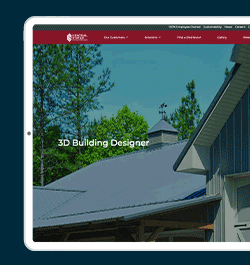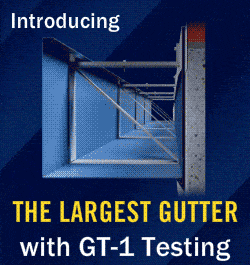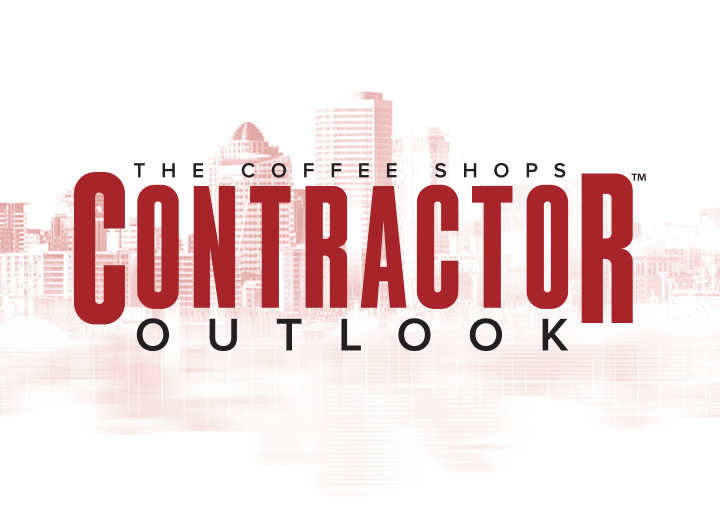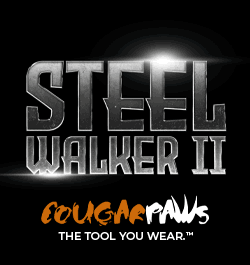UP TO THE MINUTE
Hand and Power Tool Safety - Part One

By John Kenney, Cotney Consulting Group.
It's important to make sure you're properly handling and caring for your power tools. John Kenney gives his best advice for tool safety.
The goal of this two-part safety series on hand and power tools is twofold. To serve as a safety reminder to the veteran roofing technicians and to be used as a training resource in your company for new hires to prevent improper use of the most commonly misused tools.
More often than not, roofers, as with most construction workers, pay little concern about the hazards of hand and power tools. We can easily attribute this because most workers have these tools at home and think they know how to use them. This type of overconfidence can lead to more accidents. The fact is that many roofing workers are injured by hand and power tools every year. Depending on the circumstances surrounding the accident, hand and power tool injuries can include:
- Broken bones
- Eye injuries
- Burns
- Electrocution
- Crush injuries
- Lacerations
- Amputation
- Paralysis
- Fatality
One of the best ways to reduce or eliminate hazards is to purchase the right tool for the job and always use the tool only for that purpose. Keeping tools in proper working order and replaced when damaged is also essential. You can reduce device damage by keeping tools clean and stored indoors when not in use.
Before using power tools, workers must ensure guards for bits and blades are in place and working and acquire and use the proper PPE. Hand tools can cause some injuries. The primary hazards associated with hand tools are the result of not being correctly maintained or being misused. Let's look at how to use some of the most common tools properly.
Hammer and chisels
You strike chisels and punches on the head or blunt end with a hammer. Proper maintenance of these tools keeps them grounded, so the edge is at a 30-degree angle. Repeated striking will cause the head to flatten or mushroom when striking pieces of the flattened head can fly off and hit the user, so periodic grinding of this edge can prevent mushrooming from creating a hazard. The chisel or punch cutting edge must also be ground to keep the edge or point sharp. Workers must use eye protection when using these tools. Eye protection will protect against flying metal chips. Wearing eye protection is crucial when sharpening also. If using a face shield when grinding, wear impact eye protection under the face shield.
It is important to check the heads and handles of hammers too. The hammer handle can be broken by striking the handle on the hammered object. Never tape a broken handle. This worsens the situation because the user might not know it is damaged. Damage can happen to the head of the hammer. The head can mushroom, or the claw can crack or break. If the handle or claw end of the hammer is broken, the hammer should be replaced.
Screwdrivers
Screw divers were not designed to be used as prybars or chisels, but workers often use them in this manner which can cause them to bend, break or damage the flat tip screwdriver. Always check screwdrivers for cracked handles, bent shafts or blunt points before use, and replace damaged flat tips or phillips screwdrivers.
Wrenches
Another item to check is the wrenches. Workers use wrenches on bolts or nuts that are too tight or rusted, especially on roof drain rings. If they push too hard, the wrench jaws can bend, causing the wrench to slip off the nut or bolt, causing an injury to the hand or arm.
Shovels, axes and rakes
These tools can be misused, causing cracking or breaking of the handle. When the handle is cracked or broken, the user can fall to the roof surface or injure the hand. Always replace cracked or broken wooden handles.
Pry bars, crowbars, rippers
They are made to pry objects up or apart; pushing or prying something too hard or heavy is easy, causing the bar to bend or damage the edge. This can cause the worker to fall forward, injuring the hand or arm. The damaged edge of these tools can usually be ground to the right edge and used again. Never straighten a bent bar. Always replace it.
Keeping cutting tools sharp
It is essential to keep the edges of cutting tools sharp. Sharpening drill bits and saw blades can be cheaper than replacing them. If you do this in-house, use the proper sharpening accessories to prevent injury. You also have the option to send these items to a business that specializes in sharpening them.
Hand tools are designed for a specific purpose and should only be used that way. Always wear the proper PPE to prevent injuries. Tools should be kept clean and in good working order. Damaged or broken tools should be taken out of service immediately and repaired or replaced, depending on the type of tool.
In part two of this series, we will discuss the use and care of power tools on your job sites.
Learn more about Cotney Consulting Group in their Coffee Shop Directory or visit www.cotneyconsulting.com.
Recommended For You

OSHA's Silica Standard Increases Costs and Adds Confusions for Roofing Contractors
Read More ...
Staying Compliant With Stairs and Ladders
Read More ...
Skills for Safety – Part Two
Read More ...















Comments
Leave a Reply
Have an account? Login to leave a comment!
Sign In